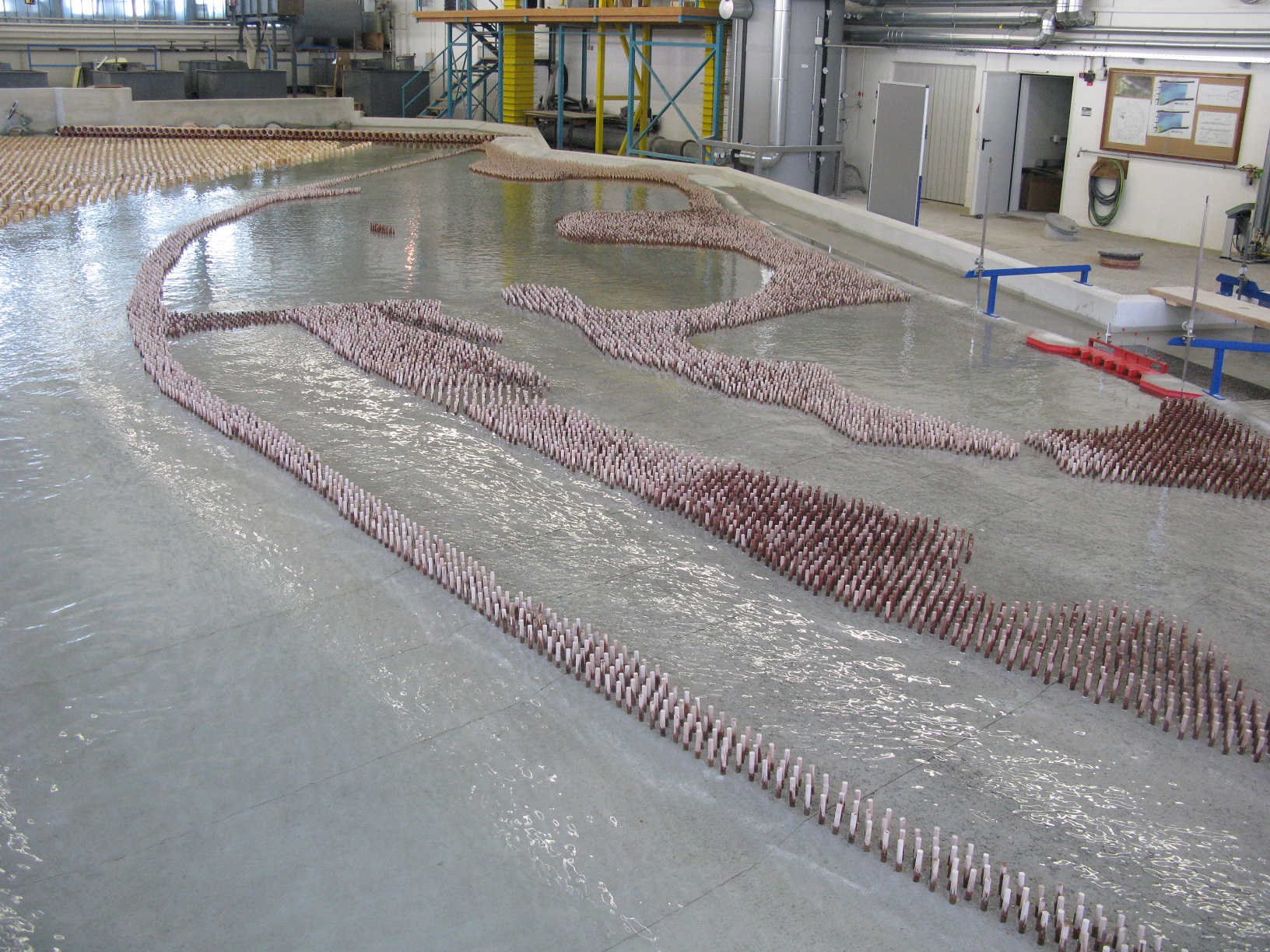DanubeSediment - Looking for partners in sediment research?
27-08-2019
Historically, human activities have changed the Danube and its tributaries. For example, straightening the river for flood protection, altering waterways for navigation or building dams hydropower generation: all these changes affect the natural sediment balance of the river.
In order to improve our understanding of the relationship between human activities and sediments transported by the river, we can apply numerical and physical river models. These models simulate the water flow, sediment transport and other morphodynamic processes.
They can analyse concrete fluvial processes through temporal upscaling and provide an opportunity to analyse cause and effect relationships. Furthermore, models can simulate the influence of changing boundary conditions like land use and climate. Therefore, they are often used as a planning tool to develop, evaluate and optimise measures.
As the DanubeSediment project wants to strengthen inter-institutional collaboration, a multinational network of manufacturers, owners and operators of river models was collected. Please feel free to browse through this collection. If you are interested in networking or working in the field of river modelling, you are also invited to contact the model owner or operator.
Click here to download the River Model Network.

Physical model of the Danube River simulating flood protection at the TUM Water Laboratory Obernach (photo: LfU)
